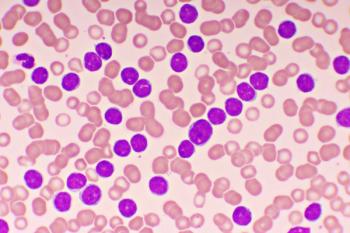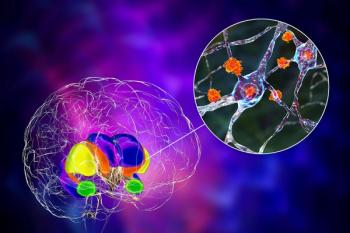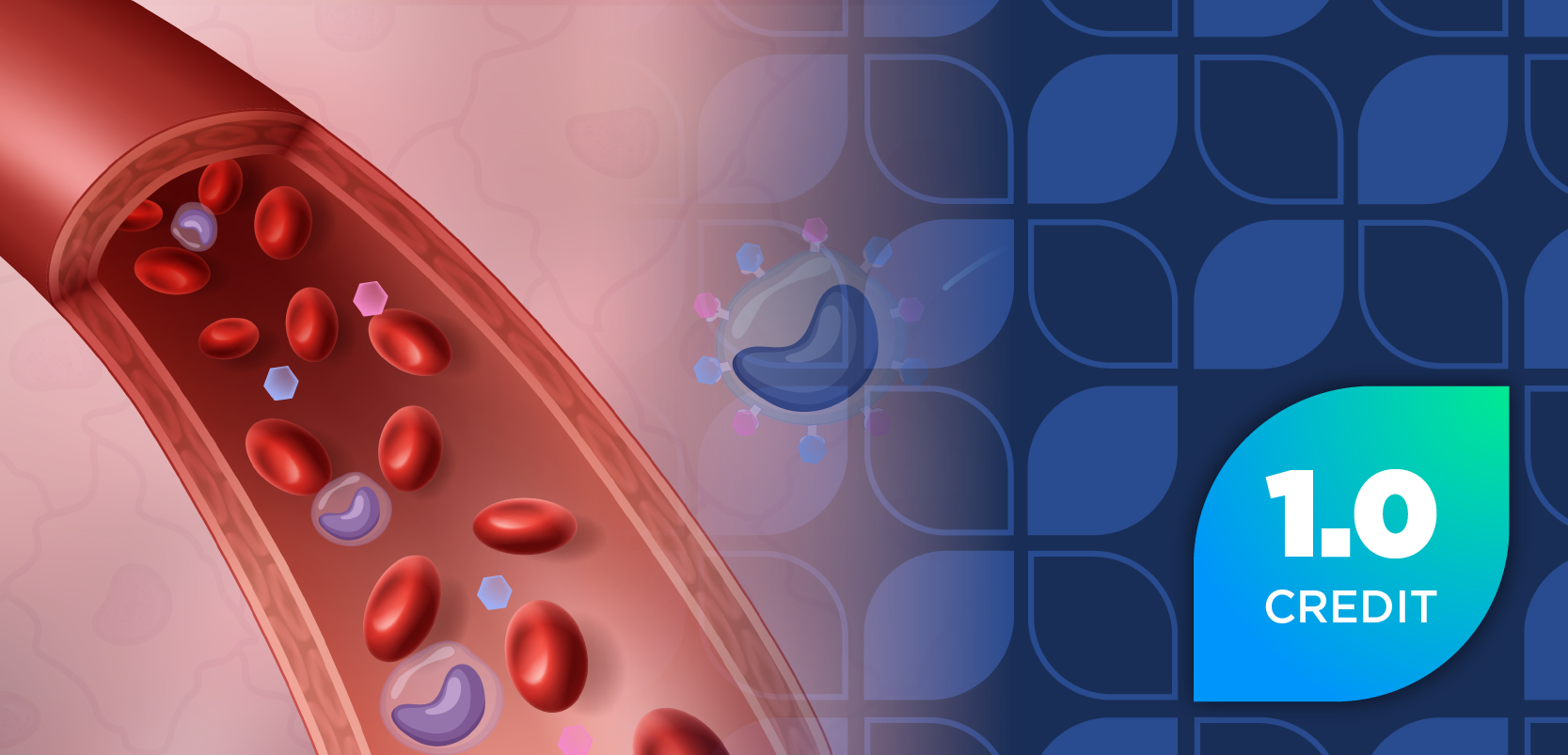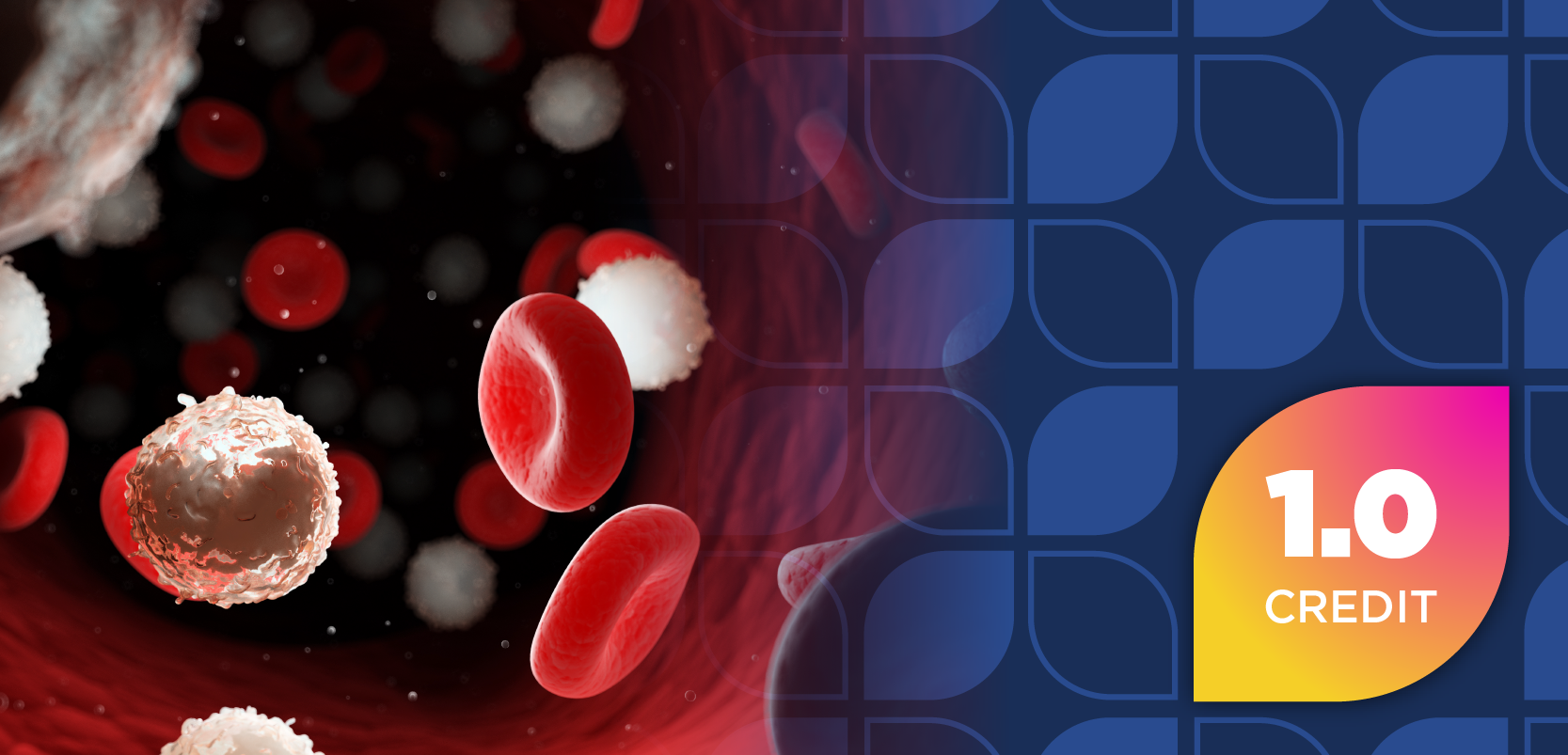
Darolutamide Shows Acceptable Long-Term Safety Profile in Nonmetastatic Castration-Resistant Prostate Cancer
The FDA approved darolutamide in 2019 for the treatment of patients with nonmetastatic castration-resistant prostate cancer based improved metastasis-free survival.
Over at least 4 years of follow-up, approximately 30% of patients with nonmetastatic castration-resistant prostate cancer (nmCRPC) administered darolutamide (Nubeqa; Bayer) were able to remain on treatment, showing an acceptable long-term safety profile, according to a session at the 2023 ASCO Genitourinary Cancers Symposium.1
The
Darolutamide’s novel molecular structure theoretically results in fewer and less severe toxic adverse effects (AEs) than other androgen-receptor inhibitors currently on the market. Darolutamide is available as a 300 mg oral tablet. The recommended dose is 600 mg administered twice daily with food.
The ARAMIS study showed darolutamide significantly improved metastasis-free survival and decreased the risk of death compared with placebo. Permanent discontinuation because of AEs was similar among the darolutamide (8.9%) and placebo cohorts (8.7%).2
During the session at the ASCO Genitourinary Cancers Symposium, Neal D. Shore, MD, FACS, director of the Carolina Urologic Research Center, Atlantic Urology Clinics in Myrtle Beach, South Carolina, noted that the ARAMIS study was unblinded after the primary analysis. At this point, patients in both cohorts who showed no evidence of progression were allowed to continue on darolutamide plus androgen deprivation therapy until the final overall survival analysis, which showed a 31% decline in the risk of death vs placebo.1
Individuals who showed no evidence of metastases and those who gained a clinical benefit were allowed to choose to continue receiving darolutamide in the ARAMIS rollover study (NCT04464226), according to Shore. Among 954 patients randomized to treatment with darolutamide, 294 (31%) were included in the ARAMIS rollover study.
During the double-blind period (range, 0.0-4.0), the median treatment duration was 1.5 years. In the double-blind and open label periods (range, 0.0-4.9), median treatment duration was 2.1 years. For patients in the double-blind, open label, and rollover periods (range, 0.0-6.8), the median treatment duration was 2.8 years.1
As of the data cut-off date of January 31, 2023, 30% of patients were treated with darolutamide for at least 4 years, with 24% still receiving darolutamide, according to the poster presentation of the data at the ASCO Genitourinary Cancers Symposium.1 In the ARAMIS study, darolutamide’s most common AEs were fatigue, pain in extremities, and rash.
According to the data presented at ASCO, the incidence rate of treatment-related AEs (TEAEs) was found to increase slightly over time, which was expected, according to the trial investigators. A total of 85.7%, 89.8%, and 91.5% of patients in the double-blind, open label, and rollover periods, respectively, experienced an any-grade TEAE.1
Additionally, 26.3%, 31.8%, and 35.5% of patients in the double-blind, open label, and rollover periods, respectively, experienced a grade 3/4 TEAE. Further, 26.1%, 32.1%, and 38.5% of patients, respectively, experienced a serious TEAE, and 8.9%, 10.5%, and 12.9% of patients, respectively, experienced a TEAE that led to treatment discontinuation.
The trial investigators did not identify any new safety concerns in patients who entered the rollover study.1 Shore concluded that the findings support long-term use of darolutamide in patients with nmCRPC.
References
1. Shore ND, de Almeida Luz M, Ulys A, et al. Long-term safety and tolerability of darolutamide and duration of treatment in patients with nonmetastatic castration-resistant prostate cancer (nmCRPC) from the ARAMIS Rollover Study. Presented at: 2023 American Society of Clinical Oncology Genitourinary Cancers Symposium; February 16-18, 2023; San Francisco, CA. Abstract 147.
2. Fizazi K, Shore N, Tammela TL, et al. Darolutamide in Nonmetastatic, Castration-Resistant Prostate Cancer. N Engl J Med. 2019;380(13):1235-1246. doi:10.1056/NEJMoa1815671. Published February 2019. Accessed October 25, 2021.
Newsletter
Stay informed on drug updates, treatment guidelines, and pharmacy practice trends—subscribe to Pharmacy Times for weekly clinical insights.





















































































































































































































